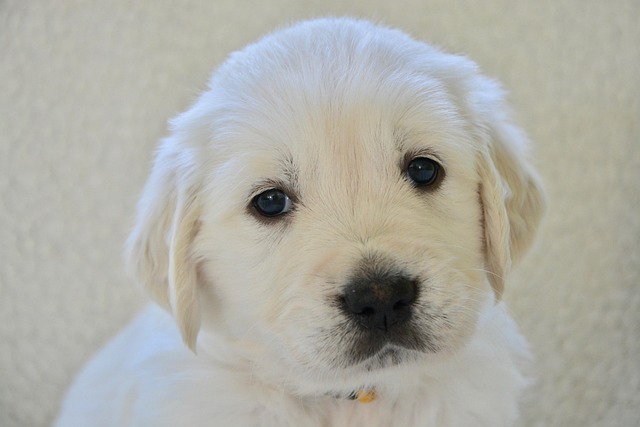
What is glaucoma in a dog?
You might notice your dog squinting more at mealtime or avoiding bright sunlight—these small changes could be early signs of a serious eye condition.
How do I smooth out my dog’s paws? If you’ve ever scooped up your 6-month-old labradoodle “Lola” after a romp in the backyard, only to notice her paw pads feel more like sandpaper than the soft cushions they were a month ago, you’re not alone. Rough paws are a common concern for new dog owners, but with a little know-how, you can help them stay smooth and healthy. Let’s break down why it happens and what to do about it.
A dog’s paws are marvels of nature—thick, rubbery pads designed to absorb shock, grip surfaces, and protect their joints from rough terrain. But just like our skin gets chapped from wind or dry air, their pads can take a beating. In places like Texas, where summer asphalt can hit 130°F, a midday walk can scorch their paws, leaving them dry and cracked. Up in Maine, winter salt and ice melt strip away natural oils, making pads rough and prone to peeling. Even daily walks on concrete sidewalks in suburban neighborhoods can wear down pads over time, especially for energetic breeds like Australian shepherds who love to dart and dig. It’s their body’s way of adapting, but too much roughness can lead to discomfort or even small cuts that risk infection.
So, how to gently smooth things over? Start with a calm, reward-based check: sit with your pup, offer a tiny treat (like a piece of freeze-dried liver), and gently lift each paw. Look for cracks, pebbles stuck between toes, or redness—these are signs they need extra care. Wipe paws with a warm, damp cloth after walks to remove dirt and irritants (skip soap, which can dry skin). For dryness, slather on a pet-safe paw balm—avoid human lotions, which often have ingredients like citrus that dogs might lick off and upset their stomachs. A neighbor in Colorado swears by a coconut oil-based balm for her husky “Koda”; she applies it before bed, and within a week, his paws were noticeably softer, and he stopped licking them so much. When temperatures swing, plan walks wisely: in summer, stick to early mornings or evenings when pavement is cool (test it with your hand—if it’s too hot for you, it’s too hot for them). In winter, invest in dog booties or wipe paws with a salt-removing wipe right after coming inside.

Caring for paws ties into broader responsible pet ownership here in the U.S. First, the basics: All states require rabies vaccines by 4 months old, and cities like Los Angeles fine owners up to $500 for skipping this critical step. When you’re out on those paw-friendly walks, always carry poop bags—failing to clean up in Chicago can cost $250, and it’s part of keeping shared spaces respectful. Remember, positive reinforcement matters even in grooming: if your dog fidgets during paw checks, don’t scold them. Instead, take breaks, offer more treats, and make it a game—this builds trust, so they’ll let you help when they really need it.
For apartment dwellers in places like Boston or Seattle, add a soft rug near their favorite napping spot—hardwood or tile floors can rub paws raw during zoomies. At the dog park, keep an eye out for sharp rocks or broken glass that could scratch pads, and always ask before letting your pup greet other dogs—some may be nervous around new playmates. If your dog’s paws are severely cracked or bleeding, skip home remedies and call the vet—they might need a protective ointment or antibiotics to heal properly.
With consistent, gentle care—regular checks, pet-safe balm, and avoiding harsh conditions—your dog’s paws will stay smooth and strong. And when Lola trots over for a belly rub, her paws soft against your hand? That’s the sweet reward for keeping your best friend comfortable, one step at a time.

You might notice your dog squinting more at mealtime or avoiding bright sunlight—these small changes could be early signs of a serious eye condition.

Let’s set the scene: It’s a sweltering Phoenix afternoon—105°F outside—and you rushed your 2-year-old Lab mix, Cooper, on a quick walk to “get it over with.”

Let’s get real: You’re in your Miami apartment, watching your 3-year-old Corgi, Loki, struggle to climb the stairs to your second-floor unit.

Many dog owners brush off occasional scratching as just “dog behavior,” but persistent itching often signals something more—like a food allergy.

You might first notice your dog scratching more than usual—chewing at their paws until the fur looks thin, or rubbing their face against the couch nonstop.

Let’s be real: You’re standing in your Chicago apartment, watching your 3-year-old Beagle, Max, huff and puff just to climb onto the couch.